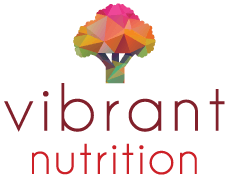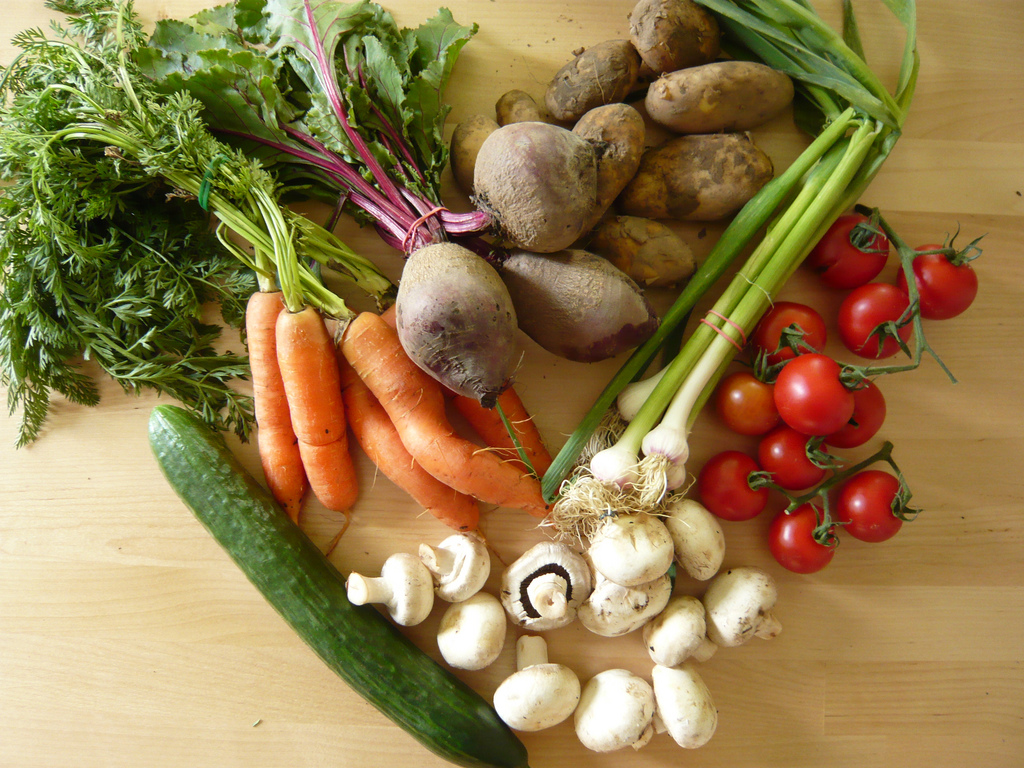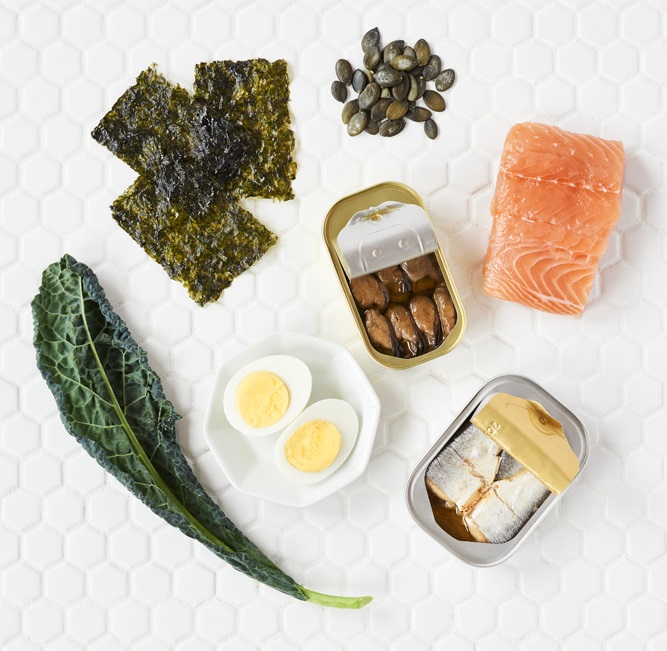January 10th, 2021
It’s okay if you want to lose weight
January is a month rife with weight-centric diet-culture BS. Companies prey on insecurities and perpetuate thoughts that if you were just thin, you would be happy/rich/problems-solved. This idea of new years resolutions and constant pattern of yo-yo dieting, restricting food short-term and then bingeing causes weight cycling, psychological and metabolic damage that can last forever.
All that said, you may be very uncomfortable in your body right now. You may have difficulty breathing, doing basic activities, fitting into clothing, health conditions like high blood sugar and pressure, headaches, depression/anxiety, constipation, bloating and serious joint and back pain. THESE are reasons it may be important to look at what your body needs to feel healthier. Part of that process may be shifting weight and habits.
Let’s be clear: you don’t need to be a certain size to be healthy, bodies come in all shapes and sizes.
Being a thin body is not equated with health. While the media, and unfortunately many health professionals, often push weight loss as a way to treat chronic diseases, it’s not that simple. The relationship between weight and health is very complex, and while increased weight is associated with some chronic diseases, it is not necessarily a cause. Weight loss as a goal is okay, but focusing on your health goals can be more helpful in making changes that will be long-term beneficial, and can take the pressure off your marker for everything being the number on the scale. And losing weight alone certainly doesn’t guarantee wealth, happy relationships or emotional peace.
Less than 5% of people who lose weight keep it off. There are many reasons why individuals fail to lose weight or regain the weight that they lose. It does not just come down to the food that we eat or our activity. Our weight is affected by our genetics, age, stress, childhood trauma, metabolism, physical fitness, mental health, sleep quality, and our ability to access, afford, and prepare healthy foods. In 2020, Obesity Canada released new guidelines that emphasized the importance of individualized care and addressing the root causes for weight gain rather than the typical “eat less, move more” advice.
If you have a ‘calorie-deficit’, as in you are eating less calories than you are burning, you are likely to lose weight. The success of this is largely based on adherence and the quality and types of foods that you’re eating. There is no ‘ideal diet’ for weight loss for all people. However, there has been some evidence of different patterns that support losing and maintaining weight, such as the low-glycemic Mediterranean diet and plant-based diets.
Here are some ways to start that process:
Time your meals. There has been recent evidence that the timing of your meals can affect weight loss. Eat food at regular intervals through the day. If you haven’t had a great relationship with food and eating, you can’t rely on hunger and fullness cues alone. Eating consistently throughout the day (meals + snacks that are packed with fibre) will help keep you full. Avoid large meals later in the evening or worse, binge-eating because you didn’t feed yourself enough. Eating your biggest meal mid-day (rather than at dinner time) has positive effects for weight loss and improved sleep.
Increase fibre. Fibre keeps you full, period. It’s also a crucial anti-nutrient that aids digestion, regulating blood sugar, and lowering cholesterol. If you want to be able to maintain shifting your diet, it’s important that you aren’t feeling hungry and unsatisfied all the time! There are two types of fibre- soluble and insoluble. Insoluble moves through your body faster, feeds the bacteria in your gut and promotes regular bowel movements. Soluble moves slower and forms a gel-like substance in your intestines, slowing down the absorption of sugar and soaking up cholesterol. The good news is that both are found in a variety of fruits, vegetables, nuts, legumes and whole grains.
Here are some ideas for snacks or small meals that contain both:
- Hot oatmeal porridge with hemp hearts and pumpkin seeds
- Yogurt with high-fibre granola and berries
- Raw veggies and hummus or baba ganoush
- Homemade trail mix
- Whole grain high-fibre crackers with cottage cheese or mashed avocado
- Oatmeal raisin cookies with added flaxseed
- Frozen veggies (heated) with salad dressing and parmesan on top
If fibre is not a big part of your diet now, add it slowly as it can cause some digestive distress if you’re having a lot at once and aren’t used to it. And up your intake of water at the same time. Remember, changing habits to sustain healthy weights is the long game!
Increase your vegetables. Whether you’re following a Mediterranean or plant-based diet, or making up your own, more vegetables should be a part of it. Use the newest Canada’s Food Guide as a model. It shows that half of your plate should be made up of vegetables, this works out to 1.5 to 3 cups of vegetables for at least 2 meals daily. These do not have to be fresh, frozen veggies are just as nutritious! This recommendation is based on scientific evidence that these amounts support your overall health. Vegetables don’t have to be boring or just as a side salad, you can roast, sauté, stir-fry, steam, mix-in or have them raw. Check out what’s in season near you and when in doubt, sauté with olive oil and garlic!
Make lean and plant-based proteins your friend. Protein is another important part of any weight-loss plan. Like fibre, it contributes to feeling satiated. Leaner proteins, and plant-based proteins in particular, are better options because they contain less total and saturated fat. Fat in itself IS very important to the body and also gives you the feeling of fullness, however high amounts of saturated fats are not beneficial to adults, and the extra fat can add up. Leaner meats, such as chicken and turkey, or leaner red meats are better choices. Fish, which contain heart-healthy omega-3 fats, are a fantastic choice to have on a regular bi-weekly basis.
And if you haven’t started adding plant-based proteins, such as beans, peas, lentil, tofu, and nuts; now is the time! These contain protein, fibre, vitamins, minerals, and lower content of fat. If you don’t know what to do with them, start simple- switch half of your ground meat for lentils or add extra beans to your chili or soup. Chickpea salad: drain chickpeas, add salad dressing, VOILA! Once you make friends with legumes, you won’t go back!
Drink more water and less juice. Drink a minimum of 6 cups of water per day. Most women benefit from 2.3 litres, males up to 3 litres of hydrating fluid per day. Sugar sweetened beverages, including pop, juice, alcohol, and your morning latte, are a huge source of calories and really don’t fill you up. They can also mess with blood sugar, and increase cravings and dehydration. Water is always the best choice. You don’t have to cut out everything else, but enjoy occasionally and watch portions. Water is not only good for weight loss because it doesn’t contain calories, but also because it helps your body work better by keeping you hydrated, improving metabolism and digestion, and helping to remove waste.
Reduce intake of ultra-processed foods. Ultra-processed foods are made with high-levels of processing that create industrial by-products. They are created to be highly palatable, and are packed with hidden fats, sugars, and salt. Of course you may have some of these in your diet realistically, but a typical American diet is up to 60% processed! Aim to have the bulk of your diet come from minimally processed foods. Make homemade versions of your fave junk foods- who doesn’t need a fun hobby right now? Buy plain dairy and drinks and sweeten them yourself. Read the labels and look for items that have as few added ingredients as possible. When our bodies don’t get the nutrients required, this can result in overeating processed foods, leaving us nutritionally-depleted at higher weights.
Make a plan. Meal planning can seem like a daunting task, but truthfully you cannot achieve long-term healthy habits without some level of food prep. Feeding yourself is a life-skill we have lost the importance and value of in society. Even 2 days of meal prep a week can improve outcomes. Pick one day a week to have groceries delivered or shop; shop using a list only. Make sure that on the day you shop you’ve had something to eat before you go, and set aside an hour after you shop for organization and prepping at least 1 meal. This might mean pre-washing, portioning, chopping, or fully assembling a meal to be cooked during the week. It’s always a good idea to have some backup easy options in case you can’t get to the store or you don’t have time to prepare something more complex. This can be as simple as frozen vegetables, pasta and sauce; or a meal you’ve made batch-cooked and froze. The more you can eat food you prepare, the better.
If ordering in is something your family enjoys, you still can do this 1 to 2 x week. But be intentional about choosing when this will happen and what you will order in advance.
Get more sleep. Studies have shown that not getting enough sleep interferes with weight loss. There are many reasons for this, and it makes logical sense. Lack of sleep interferes with the hormones that regulate your appetite, which can increase hunger. Cravings ramp up when fatigue sets it. It also makes you less likely to do physical activity. Sleep can also mess with your metabolism. We know improving sleep isn’t always that easy, but some things that you can do are to avoid large meals later in the evening, wind down with screen-free time 1 hour before bed, and stick to a schedule. You can check out some more information and tips for better sleep here.
Get moving. Movement and exercise are part of the basic equation for weight loss. The more you move and burn calories, the more likely you are to be successful at weight loss. But this is only one benefit. Movement is so important for your mood, stress levels, blood sugar, anxiety, depression, bone health, overall strength, digestion, and much more.
Movement doesn’t have to be going to the gym or buying a treadmill or attending a high-intensity fitness class. And it does not have to be all at once. Start small with adding a walk, a 15 minute stretch or yoga break at lunch, or dancing and playing around with the kids. You can build from there. If your goal is weight loss, then doing exercise that gets your heart rate up a few times a week will be important, so make a challenge out of it and see what you can do. These things are more important than ever this year as a lot of us have to do our recreation around home. Finding movement that makes you feel good is essential to making it a habit.
Eat with others and without screens. We don’t talk a lot about the eating environment when it comes to weight loss, but we should. It’s probably no surprise that when you’re distracted by screens, whether you’re working or watching a movie, you eat more. That’s because you pay less attention to your body. Hunger and fullness cues, emotions and physical sensations get blurred when you are distracted. Eating a distraction free meal with your family increases the enjoyment of the meal and actually results in eating what you need vs. more than you need. Obsessing over weight steals a lot of the joy from eating; food is something to be enjoyed and shared!
Tackle emotional eating. Emotional eating is something more than 80% of people struggle with. Becoming aware of patterns like reaching for food when you are upset is essential in improving your relationship with food and your body. When you’re feeling that urge, take a deep belly breath, and acknowledge this. It’s okay. Then aim to delay eating while you sit with emotions for at least 15 minutes. Being outside and among nature, even for 15 minutes is a great way to distract. Then allow yourself to have the food you are craving, but as you become more aware, sometimes you may choose not to. Or choose to add a healthier option with your snack (e.g. nuts and chips together). Emotionally-driven eating is complex; you can find more tips for addressing emotional eating here.
Final Thoughts. Weight-loss is more about how you feel than any specific number. It’s is a process that should increase your feelings of satisfaction, energy and mood. If this is not the case, or the opposite is happening, you may need support to get through the process. Need more support? Vibrant Nutrition can help. Click on this link to book a free 15-minute call with our Dietitian to discuss how we can work together to improve your health.


